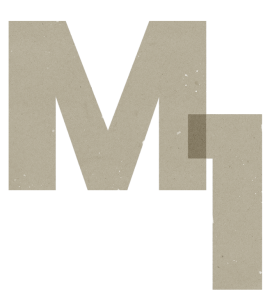SUPPORTING MODULE
Architectural Technologies
AAMAT Architectural Technologies
In line with the MArch programme ethos, the Architectural Technologies module combines independent research and workshop discussion with design integration through studio. In light of the 2030 LETI and RIBA climate targets, the ongoing emergency places added emphasis on designers to make not just informed decisions based on prior knowledge, but to ask the right questions and engage in debate using a common language when attempting to deliver zero carbon. Although becoming an expert on detailing CLT, or measuring daylight factors accurately is of course an important part of this, during this module we have aimed to widen the debate around aspects such as novel materials, building reuse and implementing technology for inclusive design and an appreciation of the senses. The module is based around six subject areas throughout the year: 1. Tectonic Patterns and Structures (notation, modularity & communication), 2. Material Ecology & Sustainability (embodied energy, circular economy, whole life carbon), 3. Context, Conservation & Heritage (retrofit, conservation, sensory placemaking), 4. Body and Circulation (inclusive design, wayfinding, fire strategy), 5. Healthy Cities and Landscapes (urban quality criteria, climate resilience) and 6. Digital Modelling and Simulation (machine learning and performance analysis). This year the module culminated in a joint workshop with students from the Centre for Information and Technology (CITA), Royal Danish Academy of Fine Arts around 3d printing of biopolymers.
Module Convenor: John Harding.
Internal guests: Carolina Vasilikou.
External guests : Matthew Rosier (Chomko & Rosier), Adam Chambers (Stonewood Design), Sabine Hogenhout (KLH Sustainability), Peter John Corbett (Corbett-Tasker), Gabriella Rossi & Paul Nicholas (CITA, KADK Copenhagen).
In line with the MArch programme ethos, the Architectural Technologies module combines independent research and workshop discussion with design integration through studio. In light of the 2030 LETI and RIBA climate targets, the ongoing emergency places added emphasis on designers to make not just informed decisions based on prior knowledge, but to ask the right questions and engage in debate using a common language when attempting to deliver zero carbon. Although becoming an expert on detailing CLT, or measuring daylight factors accurately is of course an important part of this, during this module we have aimed to widen the debate around aspects such as novel materials, building reuse and implementing technology for inclusive design and an appreciation of the senses. The module is based around six subject areas throughout the year: 1. Tectonic Patterns and Structures (notation, modularity & communication), 2. Material Ecology & Sustainability (embodied energy, circular economy, whole life carbon), 3. Context, Conservation & Heritage (retrofit, conservation, sensory placemaking), 4. Body and Circulation (inclusive design, wayfinding, fire strategy), 5. Healthy Cities and Landscapes (urban quality criteria, climate resilience) and 6. Digital Modelling and Simulation (machine learning and performance analysis). This year the module culminated in a joint workshop with students from the Centre for Information and Technology (CITA), Royal Danish Academy of Fine Arts around 3d printing of biopolymers.
Module Convenor: John Harding.
Internal guests: Carolina Vasilikou.
External guests : Matthew Rosier (Chomko & Rosier), Adam Chambers (Stonewood Design), Sabine Hogenhout (KLH Sustainability), Peter John Corbett (Corbett-Tasker), Gabriella Rossi & Paul Nicholas (CITA, KADK Copenhagen).

